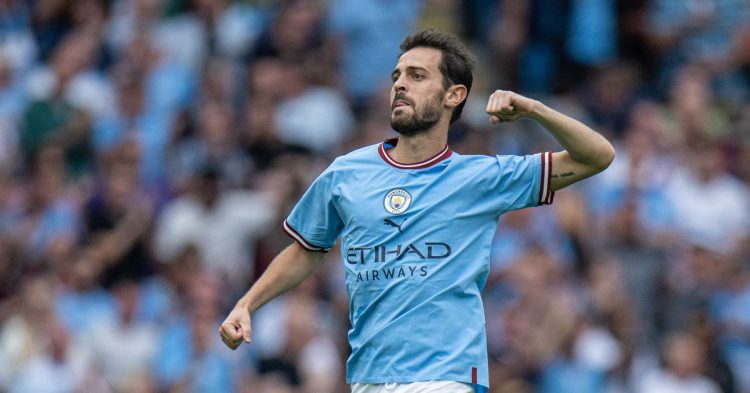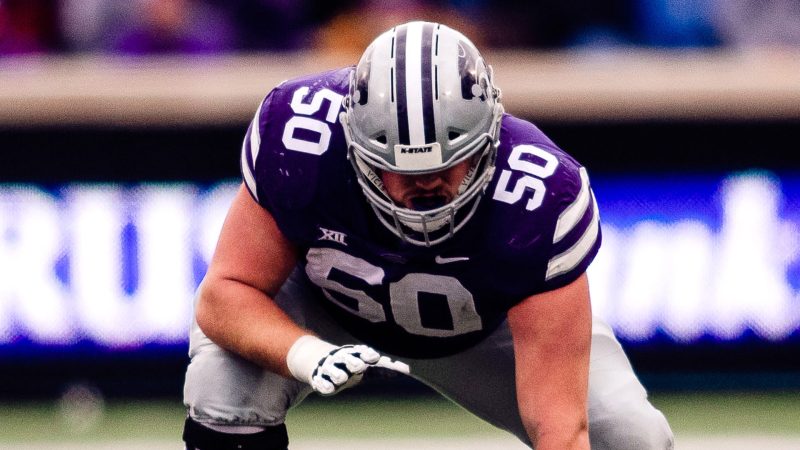: “Premier League Transfer Window Unveils a Symphony of Tactical Evolution”

The Premier League, the pinnacle of English football, has always been a hotbed for transfer activities, where clubs engage in a delicate dance of strategy, negotiation, and ambition. The transfer window, a bi-annual event, offers clubs the opportunity to reshape their squads, injecting fresh talent or addressing areas of weakness. The recent transfer window has been no exception, with a flurry of signings, surprises, and high-profile moves that have sent shockwaves through the footballing world.
Notable Transfers:
- Cristiano Ronaldo’s Return: The most sensational transfer of the window was undoubtedly Cristiano Ronaldo’s return to Manchester United. The Portuguese maestro, who had previously graced the Old Trafford stage from 2003 to 2009, made a stunning comeback. The anticipation surrounding Ronaldo’s return has added a new layer of excitement to the league, with fans eagerly awaiting his partnership with Bruno Fernandes and the impact he will have on United’s title aspirations.
- Jack Grealish to Manchester City: Manchester City flexed their financial muscle once again by securing the services of English playmaker Jack Grealish from Aston Villa. The British record transfer fee was shattered as Grealish made the move to the Etihad Stadium. His arrival has added flair and creativity to Pep Guardiola’s midfield, creating a formidable combination with the likes of Kevin De Bruyne and Phil Foden.
- Romelu Lukaku’s Chelsea Return: Chelsea made a statement signing by bringing back Romelu Lukaku from Inter Milan. The Belgian striker, who previously had a brief stint at Chelsea, returned as a more refined and prolific goal-scorer. Lukaku’s physicality and clinical finishing are seen as crucial elements in Chelsea’s quest for both domestic and European success.
- Jadon Sancho at Manchester United: Before the Cristiano Ronaldo saga unfolded, Manchester United made an early statement by securing the services of Jadon Sancho from Borussia Dortmund. The young English winger’s arrival adds depth and versatility to Ole Gunnar Solskjaer’s attacking options, complementing the firepower of players like Marcus Rashford and Mason Greenwood.
- Arsenal’s Revamp with Ben White and Martin Odegaard: Arsenal addressed their defensive concerns with the acquisition of Ben White from Brighton. The young English center-back adds composure and ball-playing ability to Mikel Arteta’s backline. Additionally, the Gunners secured the permanent signing of Martin Odegaard, who impressed during his loan spell from Real Madrid last season, providing a creative spark in midfield.
Impact on Team Dynamics:
The influx of new talent has significantly altered the dynamics within several Premier League squads. Teams like Manchester United and Chelsea, bolstered by marquee signings, are now viewed as serious contenders for the title. The rekindling of the Ronaldo-United romance has injected a sense of nostalgia and ambition, while Lukaku’s return to Chelsea adds a different dimension to Thomas Tuchel’s tactical approach.
Manchester City’s acquisition of Jack Grealish not only strengthens their grip on the title but also provides Guardiola with more options to navigate the grueling domestic and European campaigns. The blend of youth and experience at Arsenal showcases a strategic approach to rebuilding, aiming to return to the upper echelons of English football.
Tactical Shifts and Managerial Challenges:
The transfer window is not just a spectacle of big-name signings; it also prompts managers to reassess their tactical setups and strategies. The arrival of key players like Ronaldo, Lukaku, and Grealish necessitates tactical adjustments to accommodate their strengths. Managers such as Solskjaer, Tuchel, and Guardiola face the challenge of integrating new signings seamlessly into their systems.
For Ole Gunnar Solskjaer, the return of Cristiano Ronaldo poses the intriguing challenge of maximizing the potential of a star-studded attacking lineup. The delicate task of balancing egos and ensuring a cohesive unit will test the Norwegian tactician’s managerial prowess. Tuchel, having secured Lukaku, must devise a system that maximizes the Belgian striker’s impact while maintaining the defensive solidity that characterized Chelsea’s success last season.
Pep Guardiola, known for his fluid and dynamic tactical setups, now has the luxury of Jack Grealish’s creative genius. The Spanish maestro must find the right balance to accommodate Grealish alongside the likes of De Bruyne and Foden, ensuring that City remains a formidable force both domestically and in Europe.
The Unforeseen Twists:
The transfer window is also a stage for unexpected twists and turns. While some deals materialize seamlessly, others encounter unforeseen obstacles, leading to surprising outcomes. Deadline day drama and unexpected transfers on the brink of collapse add an element of uncertainty and excitement.
One such twist in this transfer window was the failed move of Harry Kane from Tottenham Hotspur to Manchester City. The English striker, who expressed his desire for a new challenge, saw negotiations break down, leaving him at Spurs. The unexpected turn of events not only altered City’s attacking plans but also underscored the unpredictability of the transfer market.
Conclusion:
The Premier League transfer window, with its blend of blockbuster signings, tactical recalibrations, and unforeseen twists, remains a captivating spectacle for football enthusiasts. The league’s competitive nature is further heightened by the influx of world-class talent, setting the stage for a thrilling and unpredictable season.
As the dust settles on the summer transfer window, clubs and fans alike eagerly anticipate the unfolding drama on the pitch. The narrative of the Premier League is not only shaped by the goals, assists, and saves but also by the strategic maneuvers and calculated risks taken during the transfer window—a symphony of footballing evolution that adds layers of excitement to the beautiful game.
1. Q: When does the Premier League transfer window open and close?
A: The Premier League transfer window typically opens in June and closes on August 31st. However, these dates can vary slightly from season to season.
2. Q: How many transfer windows are there in a Premier League season?
A: There are two transfer windows in a Premier League season. The summer transfer window opens before the start of the season, while the winter transfer window opens in January.
3. Q: Can clubs sign players outside the transfer window?
A: No, clubs are only allowed to sign players during the official transfer windows. Signing players outside these periods is prohibited, with the exception of free agents who are not affiliated with any club.
4. Q: Are loan deals common in the Premier League transfer market?
A: Yes, loan deals are quite common in the Premier League. Clubs often use loan transfers to provide their players with more playing time or to temporarily strengthen their squad without a permanent commitment.
5. Q: What is the significance of the “domestic transfer deadline”?
A: The domestic transfer deadline is a separate deadline set by each football association. It is the last day on which Premier League clubs can sign players from other English clubs, even if the international transfer window has closed.
6. Q: What is the Financial Fair Play (FFP) and how does it affect transfers?
A: Financial Fair Play is a set of regulations designed to ensure that football clubs operate within their means financially. While it does not directly impact transfers, clubs need to be mindful of FFP when making significant signings to avoid financial penalties.
7. Q: Can a player be transferred if they are injured?
A: Yes, a player can be transferred even if they are injured. However, the extent and nature of the injury may influence the terms of the transfer, such as the transfer fee and any medical conditions imposed by the buying club.
8. Q: How do release clauses work in Premier League transfers?
A: A release clause is a stipulation in a player’s contract that allows them to be transferred if a specific release fee is met. Clubs interested in the player can trigger the release clause by paying the specified amount, allowing them to negotiate with the player for a potential transfer.
9. Q: Are there limits on the number of players a club can sign in a transfer window?
A: There is no specific limit on the number of players a club can sign in a transfer window. However, Premier League clubs need to adhere to squad size regulations and homegrown player quotas.
10. Q: How are transfer fees paid in the Premier League?
A: Transfer fees are often negotiated between clubs and can be paid upfront or in installments. The payment structure is part of the transfer agreement and may include performance-related bonuses or add-ons based on the player’s future achievements.






